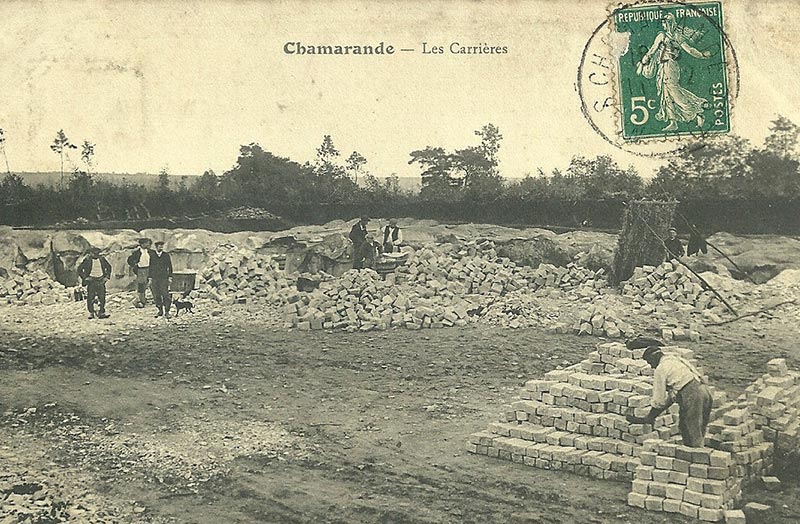Why are they called COBBLESTONES or SETTS ?
For paving landscaping gardens, historic streets in conservation zones, private driveway projects, and even sometimes for interiors such as stable floors, car collectors’ garages, wine cellars and wet-rooms, the iconic, beautiful and long-lasting choice is genuine worn COBBLESTONES or SETTS. They are also often referred to generically as PAVERS, particularly in the USA, but the English language is rich with different words referring to similar things, and it’s not of paramount importance when making your choices for authentic reclaimed paving. We’ll know what you mean.
Cobblestones
Cobblestones are literally stones or pebbles that have been worn naturally, such as from river-beds and sea-shores. They would have been used relatively locally. Consequentially they are extremely rare to salvage, and more uneven on their upper surface than street setts.
However some historic limestone consignments are hand-hewn but are so worn and rounded on their upper surfaces (particularly the older cobblestone-type pavers from ancient courtyards and farmyards) that they do resemble naturally worn cobbles.
They are particularly appropriate for centuries-old properties and projects back to the Middle Ages and further. After all they have a very « Roman Road » look to them, and basically that is what they are.

SETTS
Setts are hewn from stone blocks, and the back-breaking work was (and still is in some countries) undertaken in and near quarries, sometimes on a village or even family basis.
The Industrial Revolution brought an increase in mechanization across France during the 19th century and early 20th century which permitted vast increases in production. However the final products were still finished one by one by workers with their hammers and chisels. The development of canals and then 19th century railway networks criss-crossing France, in addition to age-old river and coastal shipping facilitated transport of this heavyweight paving from rural quarries to the cities.
In addition this dense compact commodity was ideal for ships’ ballast, so French and other European stone setts crossed the world to be used for paving overseas, such as in the UK and USA.

Then the manual but skilled task of laying them commenced, and proved so remarkably durable that re-using them on new projects is the logical and ecological answer to a multitude of requirements. Characteristic of 19th and early 20th century streets, squares and esplanades, the smaller sizes of setts would often be laid in a decorative repeated fan pattern, as is seen on the antique postcard images. At BCA Matériaux Anciens we endeavour to maintain permanent stocks, including these smaller sizes (approximately 10x10x10cm, IE: 4 inch cubes), so that we can rapidly supply large surface areas for projects across France and overseas.






